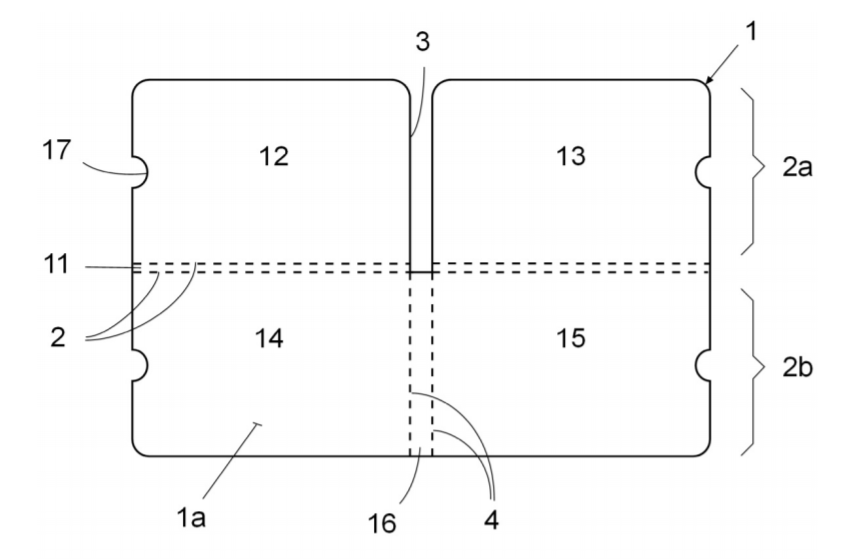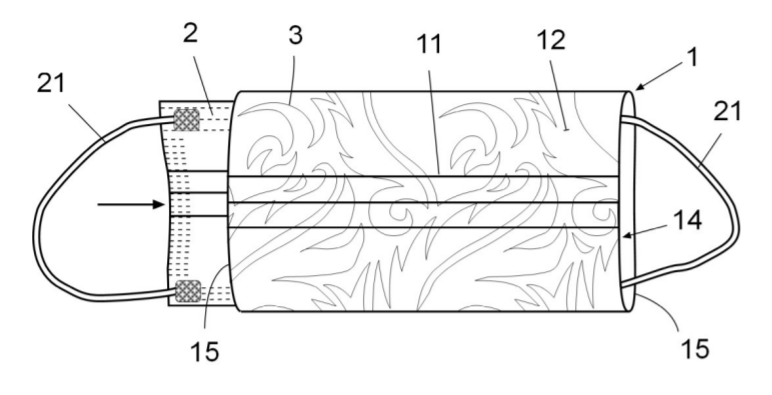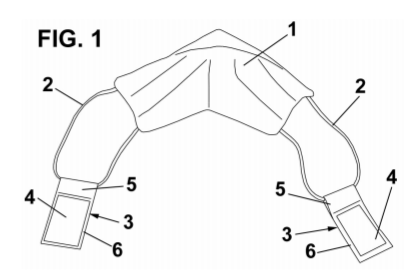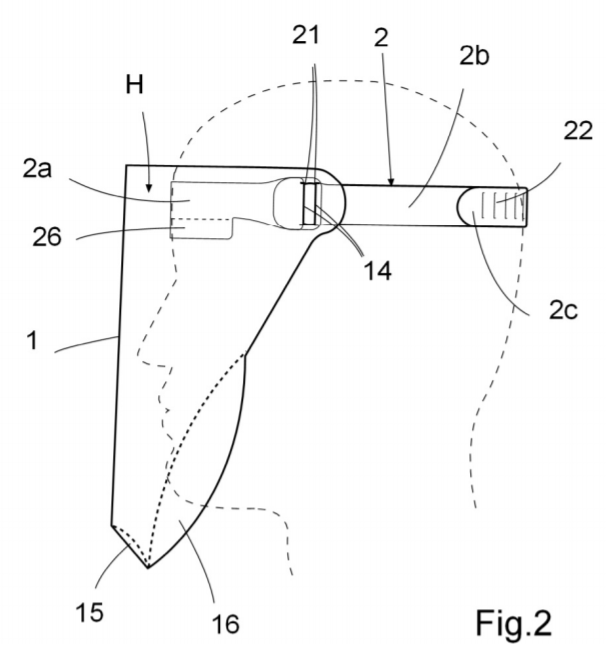During the state of emergency, at least 110 applications for utility models were filed for products related to the fight against the pandemic. For individuals and small and medium-sized companies, utility models are an attractive way of protecting rights given the speed at which such applications are processed.
The COVID-19 crisis led Spain to declare a state of emergency last March 15. The measure, which continued until June 21, included lockdown. During lockdown, companies and individuals established in Spain, came up with different ideas to overcome the problem of the spread of the virus. To obtain a monopoly right for these technical solutions, businesses and individuals can choose between filing an application for a patent or for a utility model, which are the two legal mechanisms that Spanish legislation (Patents Law 24/2015, of July 24, 2015) makes available to individuals and legal entities to protect their inventions in Spain.
The main requirements of that law to protect an invention as a patent or utility model are: novelty (it cannot exist in the state of the art worldwide), inventive step (it is not obvious with regard to prior art) and industrial application. The difference in the requirements for each method of protection, lies in the degree of inventive step, specifically, that the solution provided by a utility model should not derive in a “very obvious” way from the state of the art as opposed to an “obvious” way in the case of patents. This is why utility models are known as minor inventions.
In addition, the procedure followed to grant utility models and patents is different. The main features of the procedure to grant a utility model are the following:
- Publication of the application for the utility model 3 to 4 months from the time the application was filed;
- Grant within 6 months if no oppositions are filed by third parties;
- Filing of oppositions against the registration of the model by third parties following its publication;
- No need to carry out a search for prior registrations or an examination of patentability requirements: novelty and inventive step of the technical solution for which protection is sought as a utility model.
Other differences between the two include that the processing of utility model applications is cheaper than patents, protection is not as long (10 years in the case of utility models from the date of the application as opposed to 20 years with patents), and certain limitations with regard to the inventions that can be protected by utility models, mainly that methods or processes cannot be protected.
During lockdown, various applications for utility models were filed with a view to protecting technical solutions aimed at preventing the spread of the virus. A search on the database of the Spanish Patents and Trademarks Office (OEPM) reveals that the number of utility model applications filed during that period which included the term “virus” in their description was 110, compared with the 4 applications filed in the first few months of 2019 which also included the term “virus”. These 110 applications amount to almost 17% of all the utility model applications filed in said period in 2020, compared with less than 0.6% in 2019. The different applications in 2020 include terms such as “protection” (72), “disinfection” (71), “mask” (48), “hygiene” (42), “screen” (26) or “coronavirus” (22), from which it transpires that almost all the applications were related to inventions aimed at combating coronavirus. It should also be underscored that 95% of these 110 applications were filed during the state of emergency, which represents 17% of all the utility model applications filed between March 15 and June 21 2020.
Some examples of the applications filed during lockdown are provided below:

ES1249522U

ES1250255U

ES1248263

ES1248266
Approximately 63% of the applicants were individuals, around 41% were small and medium-sized companies (SL´s) and almost 2% were universities. These figures reveal that utility models are a very attractive way of protecting rights for individuals and small and medium-sized companies, mainly due to the speed in their processing and the characteristic of the inventive step requirement.
The above figures show how inventors and small and medium-sized companies reacted during lockdown, creating solutions aimed at stopping the spread of COVID-19. Many of these solutions formed the subject-matter of utility models because the grant procedure is simple, inexpensive and quick, enabling the owner, once it has been granted, to use it against possible copies or imitations by third parties.
Apart from the utility model applications filed before the end of June 2020, it is highly likely that many other applications, both for utility models and patents will have been filed, but have not been published yet. However, not everything has revolved around coronavirus in these first six months, since approximately 90% of the utility models filed refer to solutions other than the fight against COVID-19, a sign that research has also continued in other sectors. Indeed a total of 1359 utility model applications were filed in the first six months of 2020 compared with 1321 applications in the first half of 2019 (published up to the same day each year) – a very similar number.
Garrigues Intellectual Property Department






